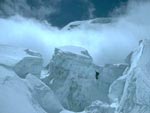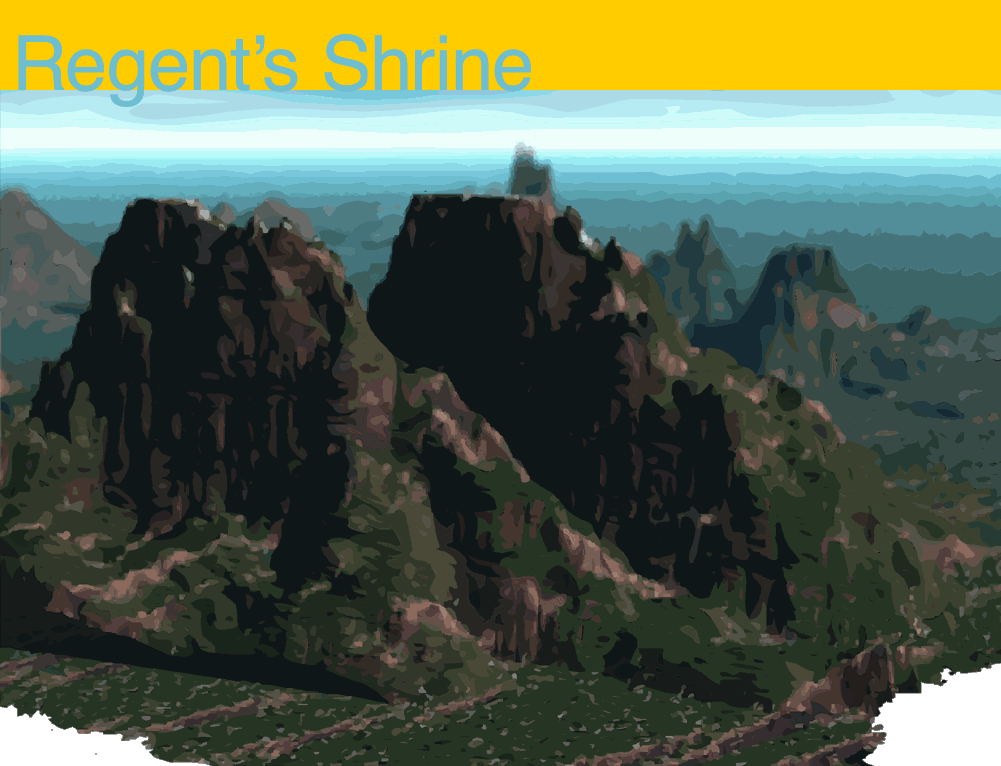
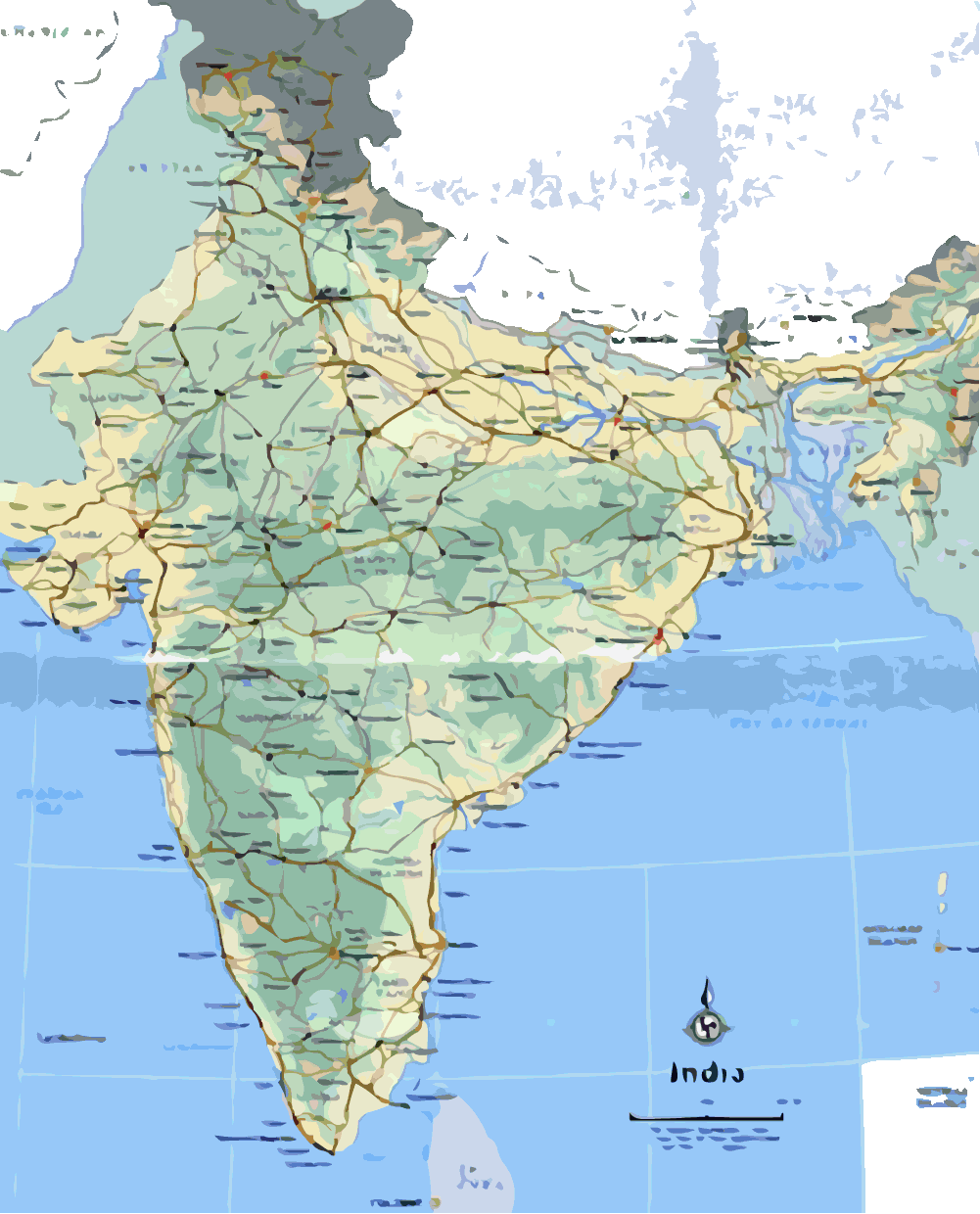
| In the practice
of meditation, effort is a barrier to achieving one's goals.
How do you get somewhere you already are? How do you access the
inaccessible? |
 |
+ | + | |||||||||
| + | |||||||||||
 |
|||||||||||
| + | |||||||||||
| + | + | ||||||||||
 |
|||||||||||
| + | |||||||||||
| + | |||||||||||
 |
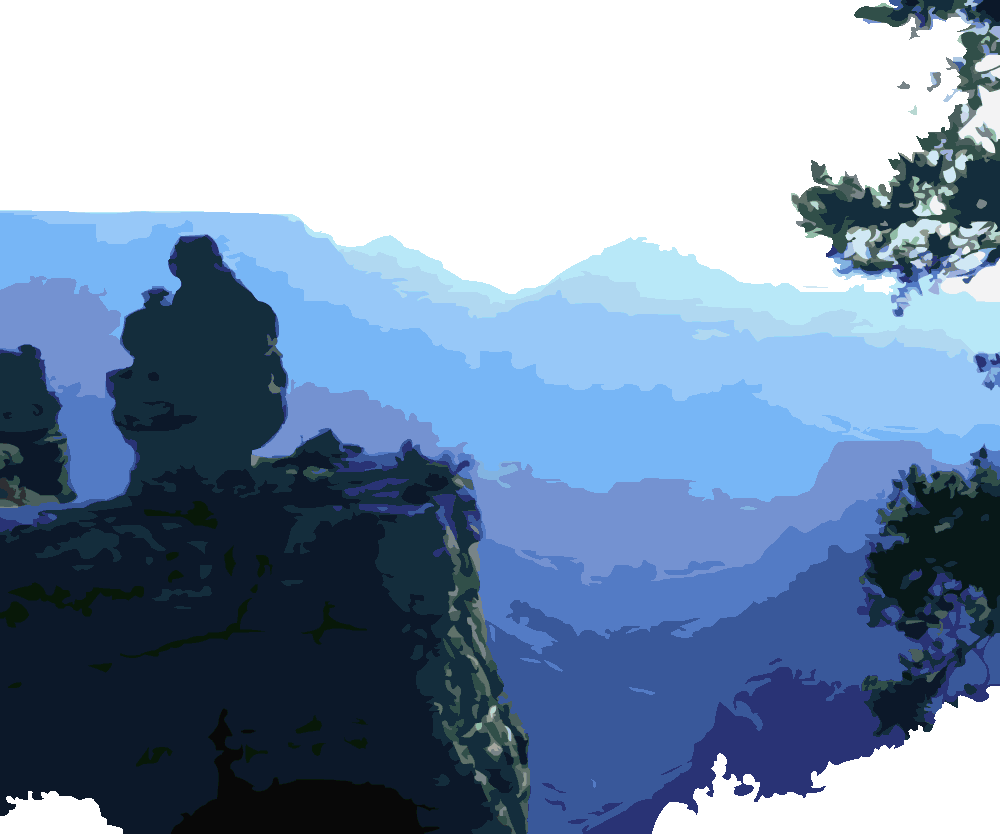
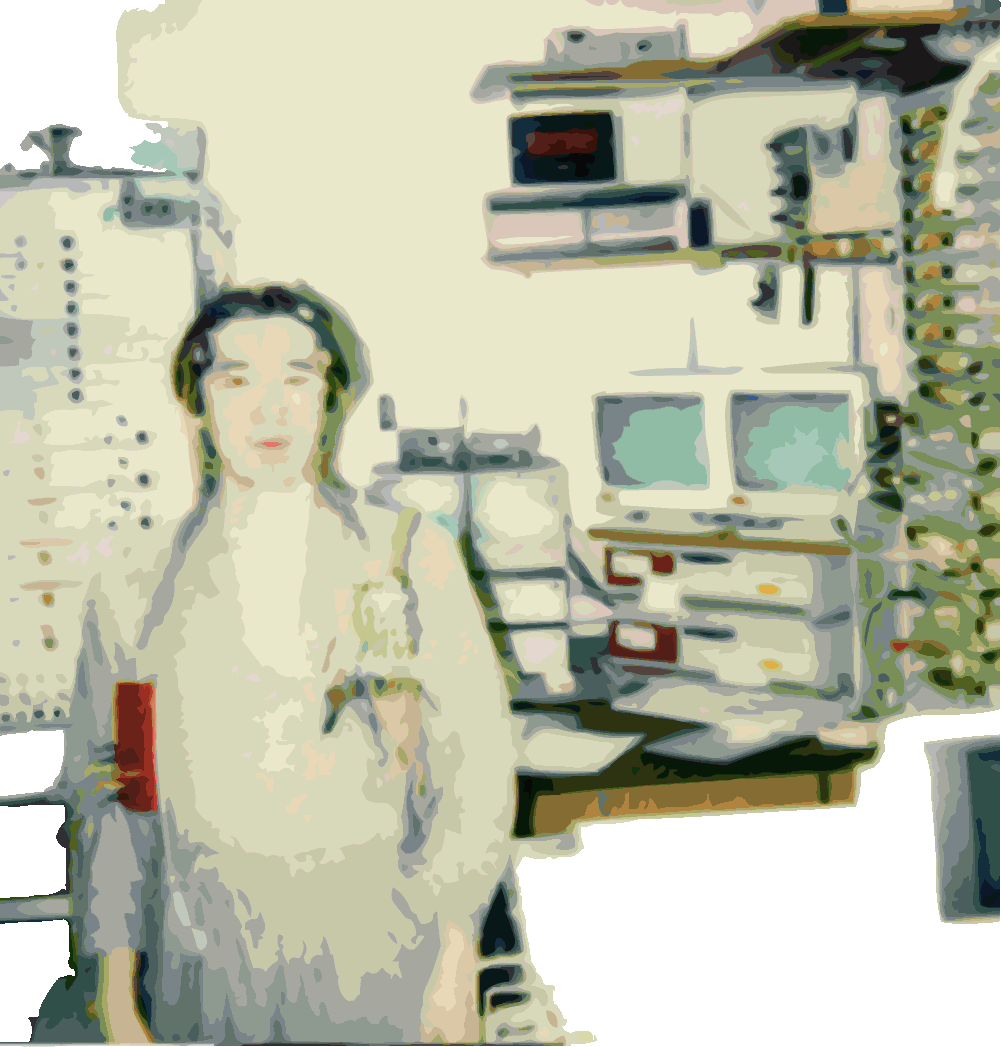

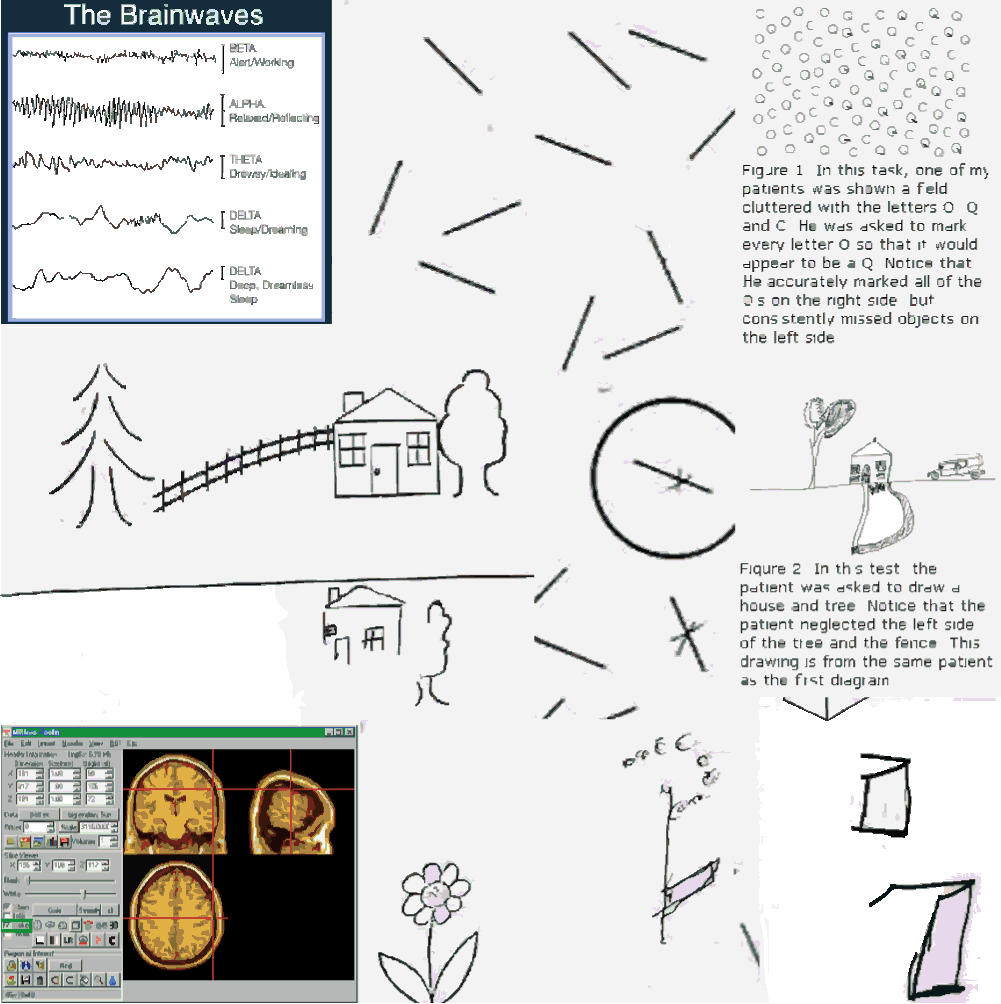
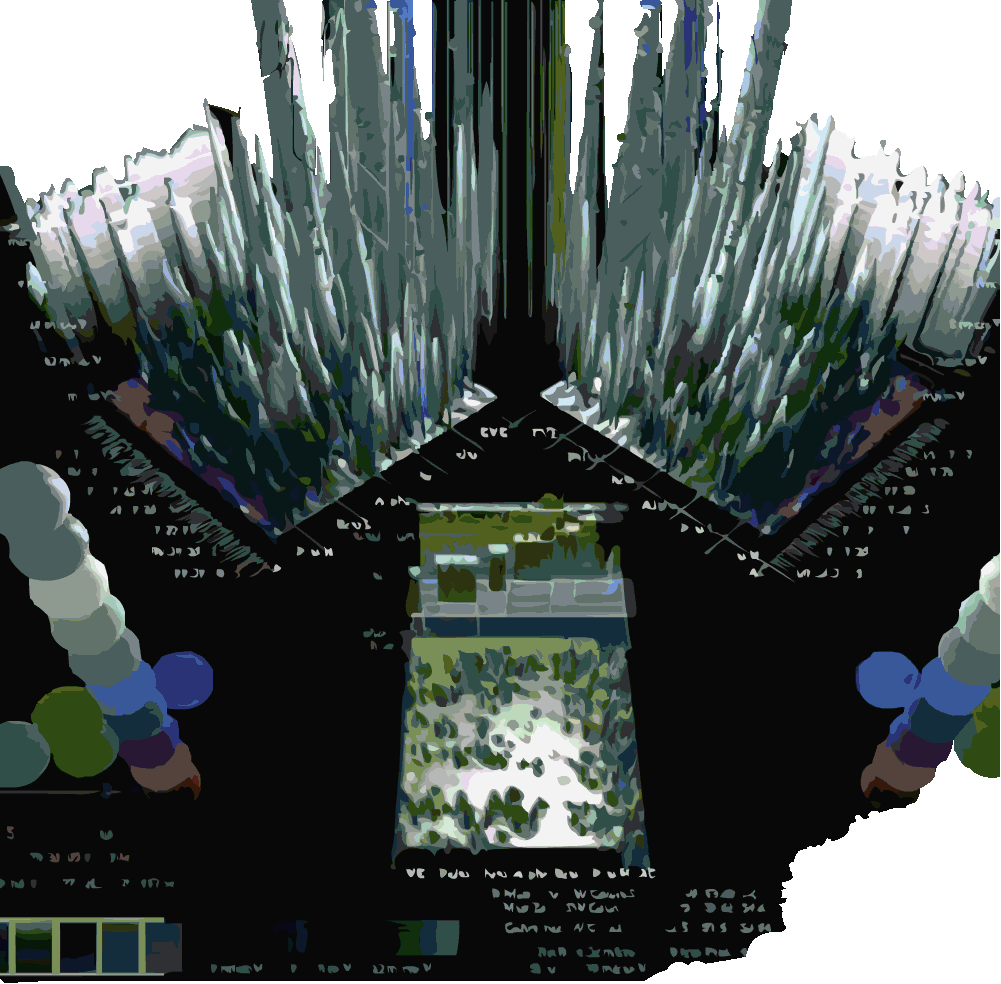
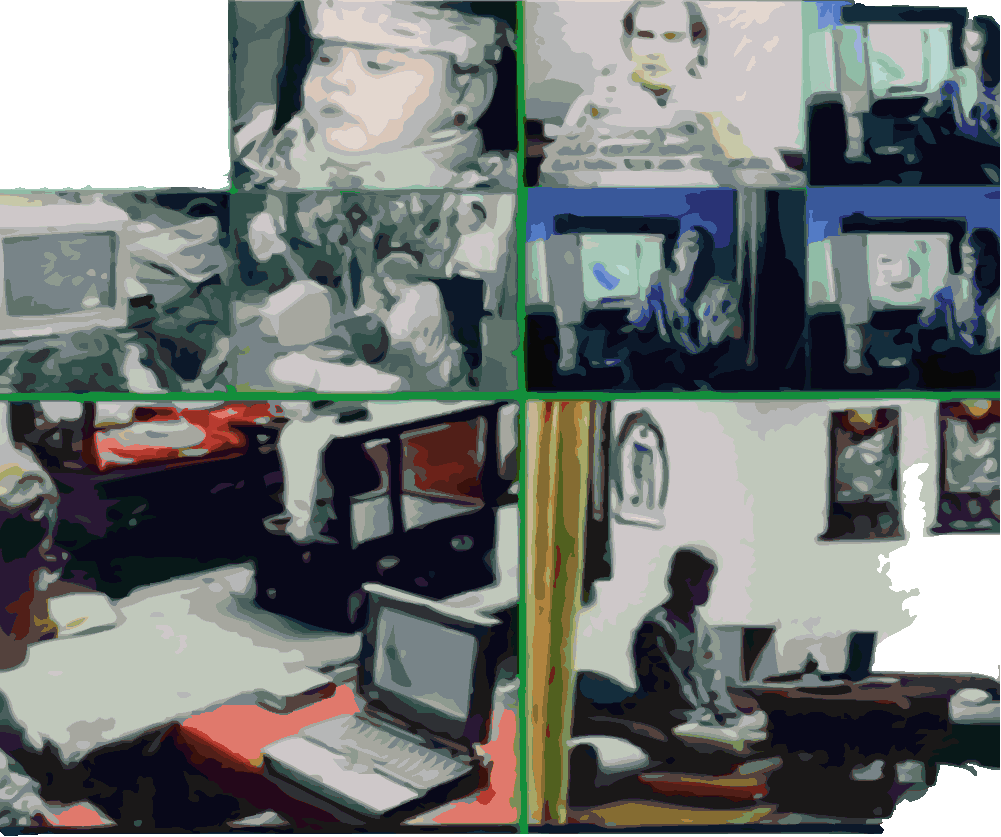

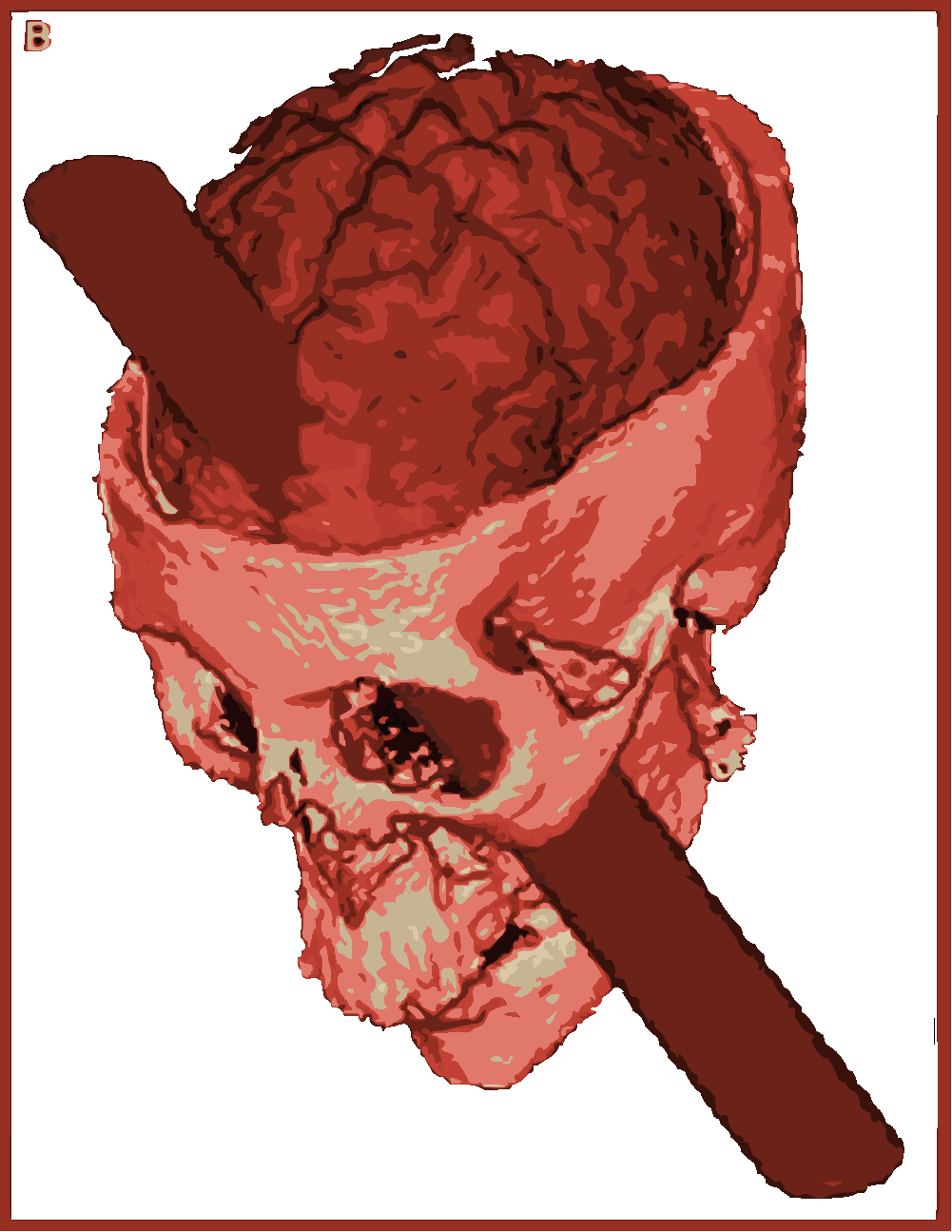
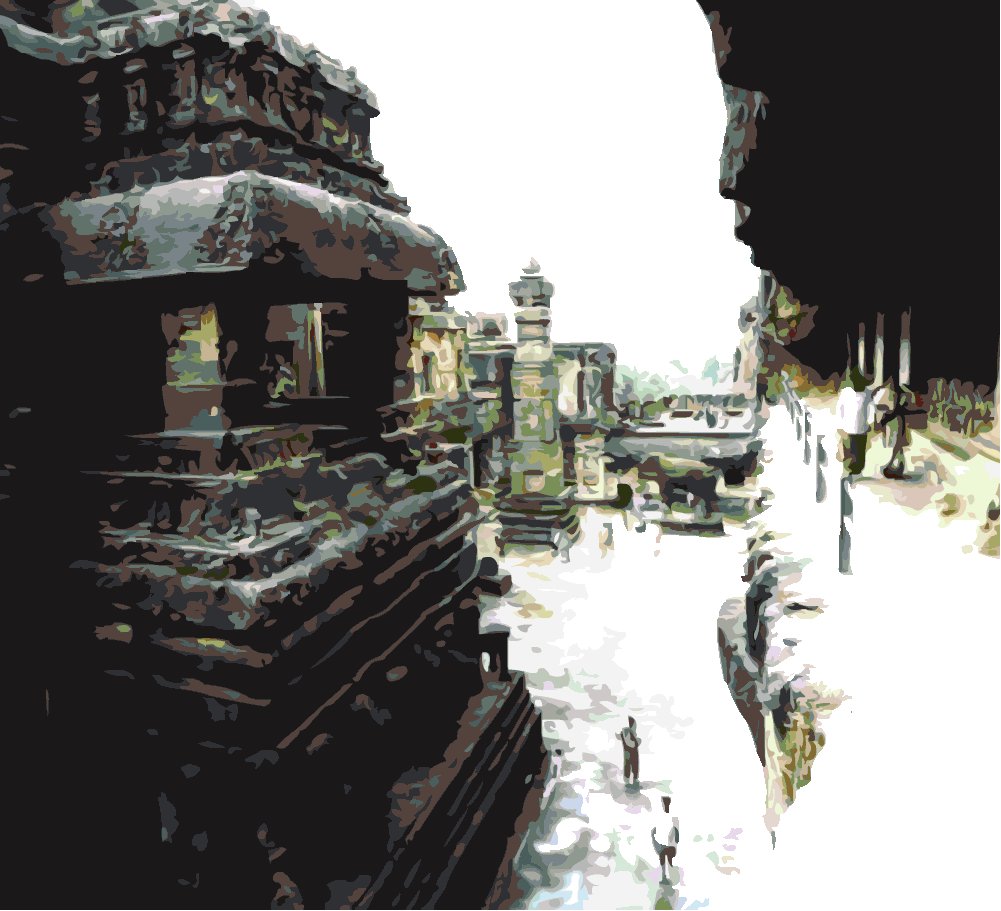
 |
 |
|
 |
||||||||||||||||||||||||||||||||||||||||||||||||||||||||||||||||||||||||||||||||||||||||||||||||||||||||||||||||||||||||||||||||||||||||||||||||
 |
 |
 |
|||||||||||||||||||||||||||||||||||||||||||||||||||||||||||||||||||||||||||||||||||||||||||||||||||||||||||||||||||||||||||||||||||||||||||||||||
 |
 |
 |
|||||||||||||||||||||||||||||||||||||||||||||||||||||||||||||||||||||||||||||||||||||||||||||||||||||||||||||||||||||||||||||||||||||||||||||||||
 |
 |
||||||||||||||||||||||||||||||||||||||||||||||||||||||||||||||||||||||||||||||||||||||||||||||||||||||||||||||||||||||||||||||||||||||||||||||||||
 |
These mountains are the most beautiful I have ever seen. They don't exist. They're ones and zeros - software effluent. I'll tell you how to find them. Go up the hill. Turn left and walk three miles, bear right at the fork in the road... They are beside the lake, above the valley, beneath the sky. |
|||
| Michel de Certeau (spatial
stories) describes two means of providing directions, the tour
or itinerary (a discursive series of operations)
and the map (a plane projection totalizing
observations). Within the realm of the human integument, both methods are less than satisfactory. |
||||
 |
 |
|||
|
 |
I have a friend
named Regent Hoffman. His parents were imaginative, Jewish hippies
- hence the Regent, hence the Hoffman. They dragged him all around the
world looking for enlightenment. |
 |
||
| They went East to Chang Mai,
then West to Vernassi and Delhi and all over India. They didn’t have a
map. Of what use is a map in India? They
traveled to people, not places. “You will take the train to Udaipur. Near the station there is a hotel. The manager of the hotel is my cousin; his name is Sanji. He has a driver who will take you to the village. Everyone there knows Shri Banta - you can ask anyone. Bring an simple offering. Speak with him.” |
||||
|
||||
| Regent
moved back to his old room in his parent’s house. I saw him
now and again, during breaks from school, where I was learning programming.
He was a changed person. It’s not that his personality was so markedly
different. He had the same calm manner, he seemed lucid. It was as if
part of him was just gone. He wasn’t exactly there. He seemed preoccupied,
distant. |
His parents became desperate to help him. As in their search for enlightenment, they cast about universities and hospitals looking for a cure for their son. Universities were more than happy to study him. His was an incredible case. They subjected him to extensive neurological and psychological tests. They were more focused on understanding the consequences of what had happened to him, than on recovering his personality. Surgeons had done what they could with Regent. Save for some scars and distortion in the bone structure of his face, physically he was sound. His mental injuries were subtle and qualitative. He seemed inattentive to the right side of objects. | |||
The importance of locating a mental retreat of personal significance seemed minor. |
||||
|
| I bought a used
electroencephalogram - a brain wave monitor. I got a friend of
mine who works on visualizers - the nifty programs that convert sound
waves to visual displays - to help me hack a simple 3D engine so it could
parse output from the EEG. Then I spent started experimenting with brain
wave output. The brain doesn’t transmit a clean signal. There’s
a lot of noise in brainwave activity. It took weeks to register anything
discernable, and weeks to make it better. |
Eventually I was getting some reasonable 3D output based on the electrical energy created by my own thoughts. I got a flat screen monitor and upgraded the system. A friend turned me on to a 3D rendering engine that improved my output. Twelve months after starting I had something I could show to Regent. He was receptive to the idea, but far from excited. | |||
| Months of idleness had dulled the spark that had been his mind. He not only held out little hope of finding his center, he had evolved beyond caring. He was a different person now. It seemed irrelevant. But he agreed to try. | ||||
|
| Regent had an interesting
ritual he followed in meditation He went
to a place in his mind. It was a shrine or temple, an idealized
location of perfect quietude, which he visited every time he sat. It was
real to him as any physical location. |
“I close my eyes,” he told me, “and I am in a dense, lush valley. I walk with the sun, a worn path through the brush, for ten full breaths. I descend into shade for ten more. I cross a narrow bridge and emerge into light, three breaths later. Before me lies a promontory. I climb it and at my 30th breath I can see the shrine. It is on a perfectly even sandy beach, beside a placid lake. I approach it. I give respect to the lake, to the sky, to the rocks, and I sit.” | ||||
Before the lake, Regent achieved a true feeling of perfect tranquility. He was there alone, bathed in the light of the universe and the infinite now. |
|||||
Regent thought that if I could locate this place myself, in my own mind, I could be there with him. We could truly be there together - in simultaneous contemplation - communicating without words. He described his process to me again and again. He drew maps. We tried guided meditation. But to me, Regent’s shrine was... inaccessible. |
|||||
|
 |
Regent
got into Princeton. I did not. I saw him often, but with diminishing frequency. His world expanded. He seemed to be thriving. He gained prominence on campus as a poet and a painter. He taught yoga to the professors. In his Sophomore year he returned to India for a term abroad. He was considering graduate study there and I was becoming increasingly afraid that our relationship would decay, although he was consistently reassuring. Now I know I was right, but for reasons I could not have anticipated. |
 |
||
|
| “I spent a
lot of time playing with it. It’s really beautiful. You see
your thoughts. You drift into a state of reflective dimensionality. But
I don’t need the machine. I can’t use it to find my way back.
There are places I can’t get to, even in my mind. Those places are
inaccessible. I wander along, and I hit a wall, a field of gray. I tried
walking through it, around it, but I just get lost. It’s like gray
mud.” I would have been disappointed, but he did seem a bit better. I took the machine back and I built him a meditation shrine in his yard, and a rock garden. He uses it occasionally, but I’m not sure it does much for him. He’s ok, but he’s not the same. I really miss Regent. Sometimes there are places we can’t find, we can’t get to. We know they’re there, but they’re beyond us - off the map - inaccessible. |
|||
|
| They
met fakirs and fakers, wise men and simple men. After each encounter,
nothing, it seemed, changed. This, you must remember,
was a time when people believed enlightenment was a destination, a potential
end. This belief, like the era, faded. By the time Regent’s parents returned to their home in Upstate New York, he was practically a man. Physically he was only 14, but psychically he had experienced a great deal. He spoke Hindi, English and French fluently. He possessed a countenance and bearing beyond his years - a palpable equanimity that seemed extraordinary for a teenager. By the time I got to know him people were only semi-jokingly beginning to refer to him as “Raj.” |
||||
I met Regent at the hippie kid prep-school we both attended. I found him thoroughly amazing. When your parents are gypsies you meet a lot of interesting characters, but Regent was utterly unique. We hit it off immediately and became best friends. He seemed like the kind of person that could really change the world. I determined to learn as much from him as possible. He taught me to paint, to think broadly, and to meditate. |
||||
|
||||
| Two weeks into his
term in Bombay, Regent suffered a strange accident.The auto-rickshaw
he had hired blew a tire and sent him flying into a merchant’s stall.
The vehicle wasn’t going very fast and his injuries should have
been minor. At first it appeared that was true. Only moments after landing in a heap of objects, he was already on his feet. He felt dizzy and nauseous - which he attributed to the accident. Everyone nearby knew it was much worse than that. Buried beneath his cheekbone, and protruding from the top of his skull was a half-inch thick metal rod. Regent noticed the odd stares about him, touched his face and realizing the injury, crumpled to the dusty road, vomiting. |
||||
|
That he survived at all was a miracle - though not unprecedented. Phineas Gage, a celebrated case, suffered a similar accident. On the 13th of September, 1848, an explosive charge he had set blew a tamping iron through his head. Like Phineas, Regent went through a few months of recovery. Like Phineas he displayed some clear changes in personality. However, the parietal lobe, the area of the brain to which Regent received damage, is primarily responsible for spatial awareness. Regent lost his ability to draw - and even worse - he could not find his way back to his shine. No matter how long he meditated he stayed lost in his mind, in shallow nothingness. | |||
| I taught
Regent how to use the system - how to maneuver the joystick that focused the output from his brain. Needless to say, Regent’s brain patterns were a lot different than mine. The output was fuzzy at first, but eventually we were getting a pattern. It was an odd pattern, but it was something. Regent’s brainwaves were realized in lopsided paths and landscapes, meandering hills, distortions. It was garbled dimensionality. The graphics engine rendered it fully, textures and all. He focused on the images and they shifted. He moved forward in space. I asked him if the images were recognizable. He didn’t answer. I left the machine with Regent. It seemed harmless. All it could do was frustrate him and he seemed beyond frustration. When I returned the following weekend he seemed in lighter spirits. |
|||||
|
| I
got the idea for the Neurogator after helping develop the machine code
for a medical device my company had fabricated. Regent’s
problem was navigating a virtual space - an inaccessible destination in
his mind. |
|||||
|
|





